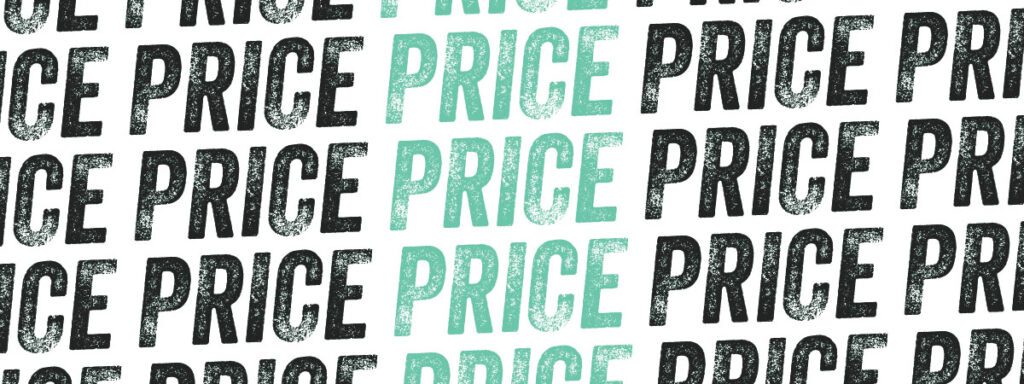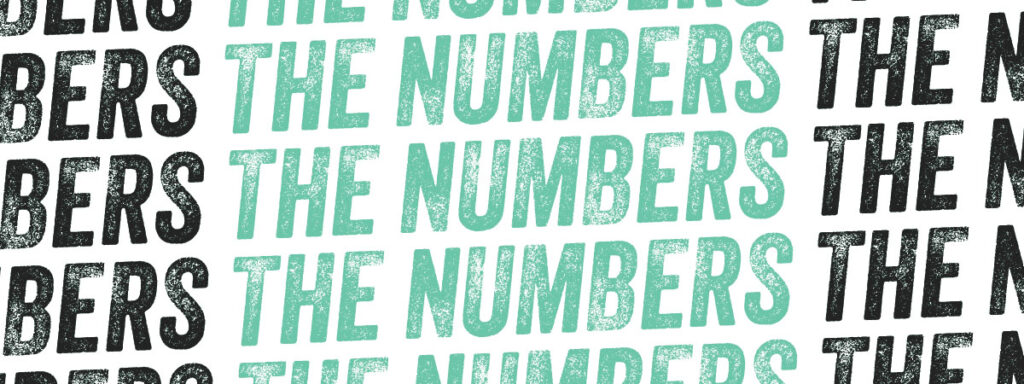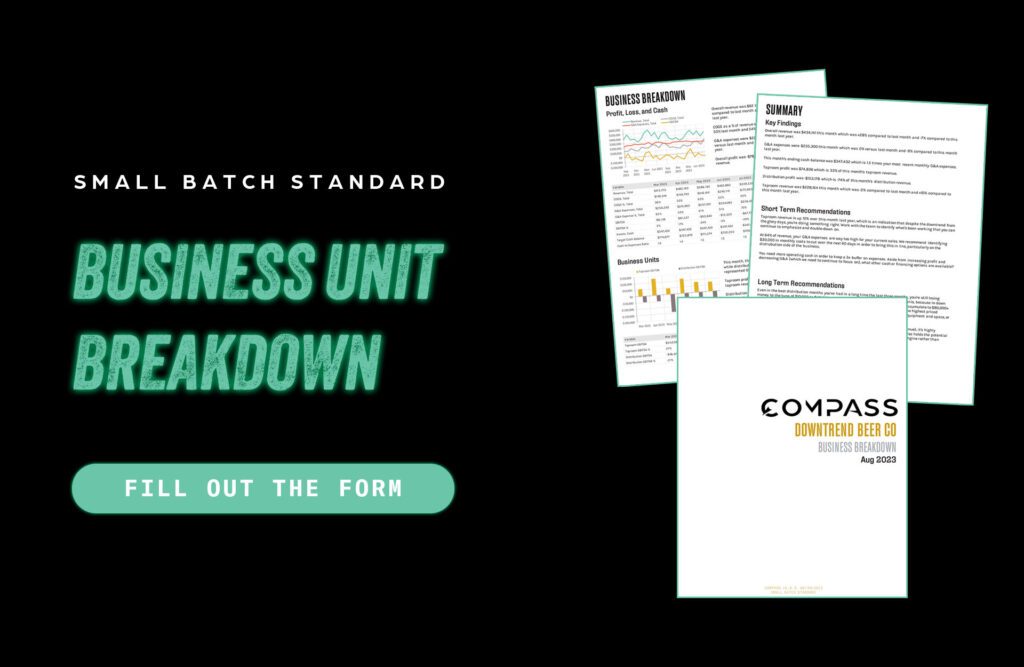We received so many comments and questions about how this summer is all about sales. But if you had to guess, which topic do you think had more questions: taproom or wholesale?
You guessed it.
Wholesale.
So, I’m dedicating some extra time to wholesale. Today, we’ll take a look at objections in self-distribution and then next , we’ll dive into objections when working with a distributor.
The #1 Self-Distro Sales Objection
In all my experience, the number one sales objection when it comes to self-distribution: price.

How many times have your reps walked into an account, independent off-premise, and been told that the product is too expensive or they don’t make any money off craft offerings?
This is a very common objection that comes up over and over again.
Nine times out of ten, when you hear a pricing objection, it’s not about price. It’s a smokescreen for something else. And while we don’t want to call BS on the account, we have to massage that objection. The objection typically means that the account and its owner are not connecting the dots between the value of your product and the price of your product.
And your product is valuable.
It’s local.
It’s made with high-quality ingredients.
It’s fresh.
All of these are attributes that set you apart from everything else on the beer shelf.
So, we need to determine if price is really the issue. And the way we do that is with the numbers.
Come Prepared
I will typically do some research on the account before I have a conversation with the buyer.
For example, if I’m trying to sell them a case or two of lager, I will look at how the buyer prices their lagers.
If, on average, they sell their four pack of lagers for $16.99, then I am equipped to go to the account and offer my case of lager for around $65.00.
But the account rejects this and says it’s too expensive. However, since I have done my homework, I can lean on the numbers:
“Hey, I noticed when I look at your other lagers for sale, on average they’re about $16.99. When we add that up, it lands around $60 and $66 per case. Is that correct?”
They will typically agree and that gives you clearance to move forward and say:
“So, our $65 a case is within that range. Is it really about price or is it really about something else? And I just want a little clarity so I can understand.”
This kind of direct communication should not be offensive.
It should not hinder the deal.
It’s simply bringing the facts and numbers to the account and asking them to give you a response.
Phone-a-Friend
In order to hammer this whole idea of self-distro pricing objections home, I’ve invited Julie Rhodes from Not Your Hobby Marketing to weigh in on the biggest sales objections that she sees in self-distribution.
Julie is a wealth of knowledge when it comes to wholesale sales and marketing. She’s been doing it for a really long time. Most of you have heard her speak or read some of her content, and she’s graciously agreed to share her thoughts on the self-distro sales matter.
Julie's Thoughts
Know the Numbers
Anytime I work with a sales rep or a sales team, I like to create what is called the “Oh Shit” list.
This is basically a list of every objection that we could possibly think of that we might receive from a buyer, so that we can talk about each scenario and perhaps create a script on how to handle each objection.
When you’re dealing with an objection, I always say to know your numbers. I want you to lead with the data and follow it up with your unique selling propositions.
In addition to talking about case prices and how your retail unit stacks up against the other offerings, I want you to be able to talk about profitability.
But in order to talk about profitability, you’ve got to be able to talk about velocity.
Know the Velocity
Velocity is the same thing as rate of sale. Or burn rate, churn rate, turn rate, etc.
It’s the rate at which an item flies off the shelf, prompting the retail buyer to reorder.
Naturally, there’s going to be product that moves slower than others. And if you get curious and ask the buyer some follow-up questions, you may be able to tell if the objection is pricing related or velocity related.
Your pricing may be the same as other offerings, but if the product is not moving fast enough to keep up, you’re gonna need a higher-velocity product to have on the shelf in order to generate more revenue and, in turn, have the buyer keep you around.
Dig into your own data to find out what your rate of sale is, whether it’s per week or per month. When addressing this with the buyer, make sure you have fresh data to reference.
Know the Brand
Once you’ve hit on the numbers and velocity, I want you to sweeten the deal by talking about the extra things that your brand brings to the table.
This is when I go from sales to marketing mode. I want you to be really clear about what kind of value you are bringing to the table:
What kind of audience do you have? Does it match with the retailer’s audience? What type of brand support are you providing? Do you have somebody local all the time? Are you doing in-store product demos? Do you have programming that you could pitch to the buyer? What are you doing with your online presence? How much are you spending on digital marketing? Are you doing a contest or a sweepstakes that you could talk about?
Stay Curious
And finally, stay curious as much as you can.
Ask more follow-up questions. Engage in a conversation. You’re going to do yourself all the favors in the world if you build a relationship with the buyer. This will also allow you to talk about things in a more honest capacity moving forward.
Thank you for your insight, Julie. I especially love the rate of sale data suggestion.
Just think about it.
If you’re able to provide the retailer pricing information, plus rate of sale information, you’re essentially giving them a profit playbook.
At the end of the day, our suggestions all circle back to one common theme: the numbers.

If you happen to be uncertain about your numbers, I have a solution for you.
At the bottom of this article, there’s a link to a free brewery assessment. Just click the link, fill out form, and one of our consultants will be in touch on next steps.
I mean, what’s the worst that can happen? We give you amazing insights to your top selling SKUs in wholesale?
Thanks for your time.
I’ll talk to you soon.
-cf
